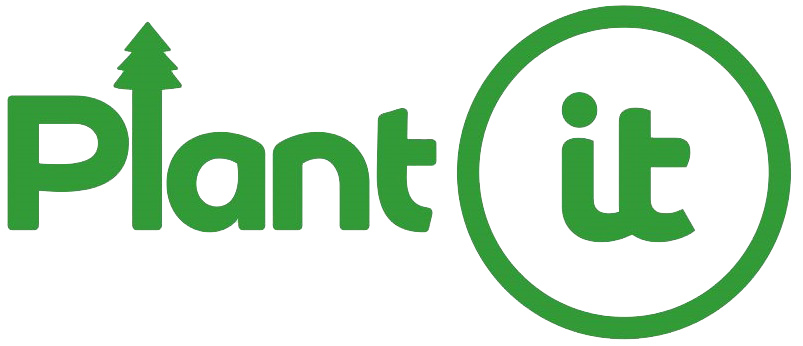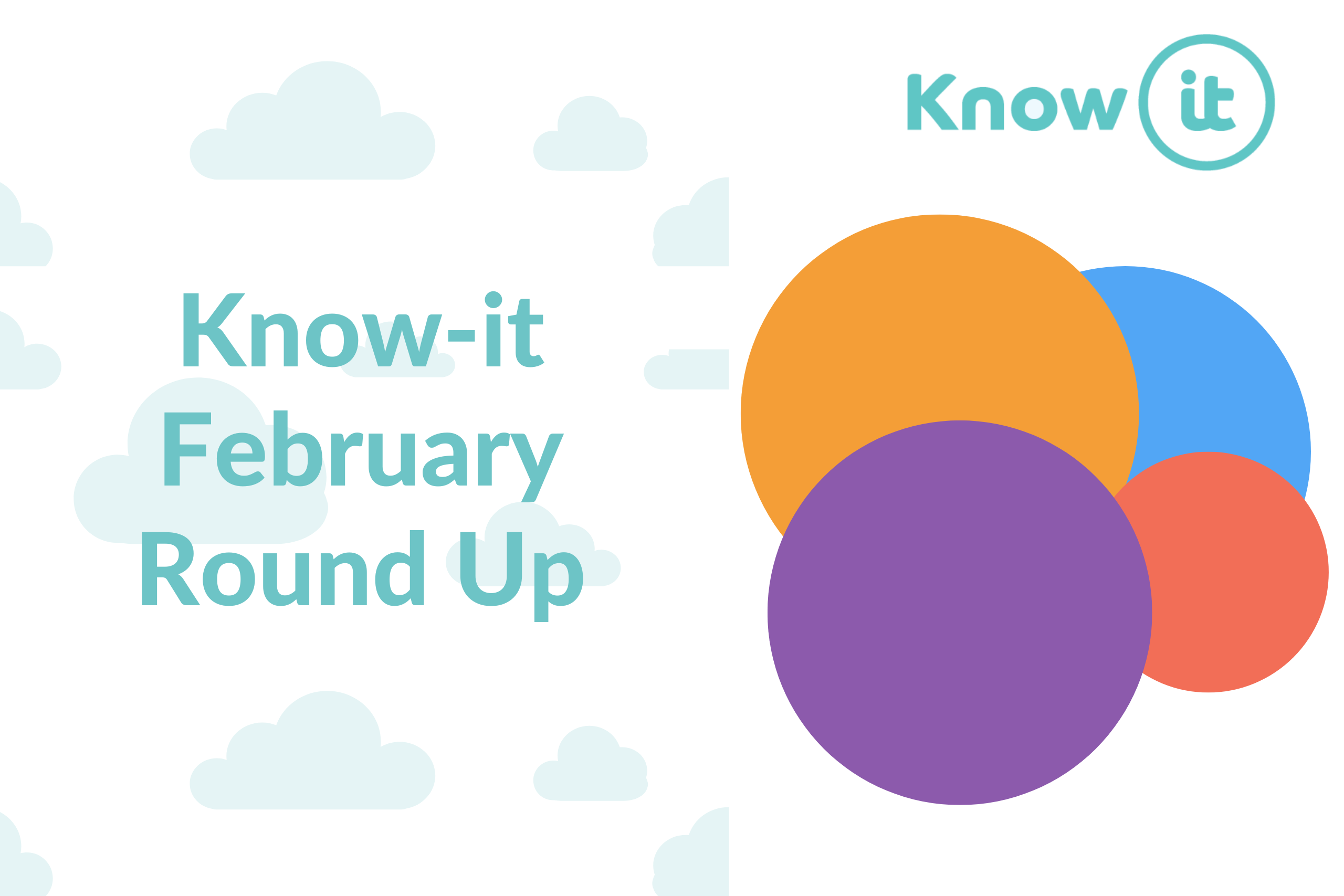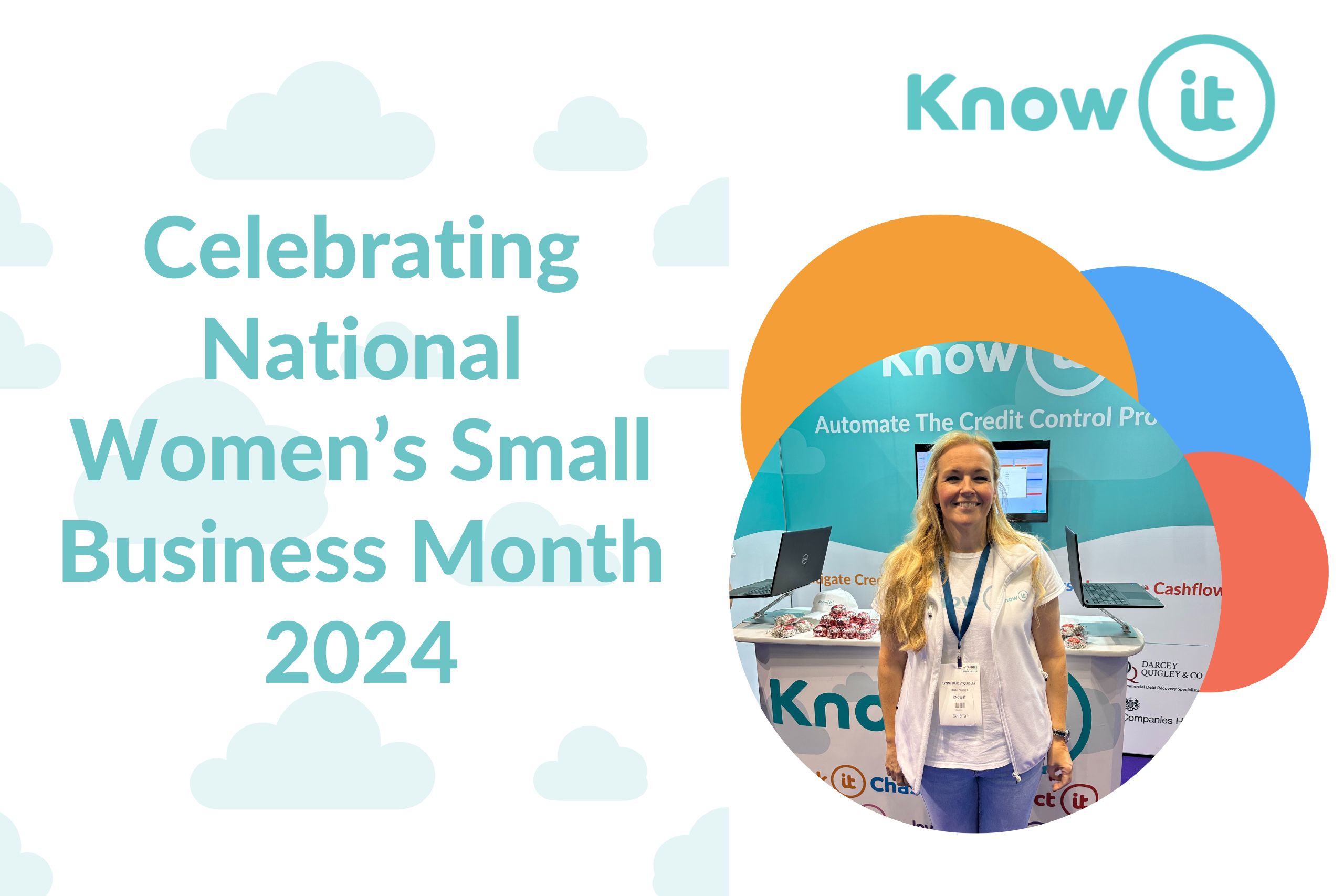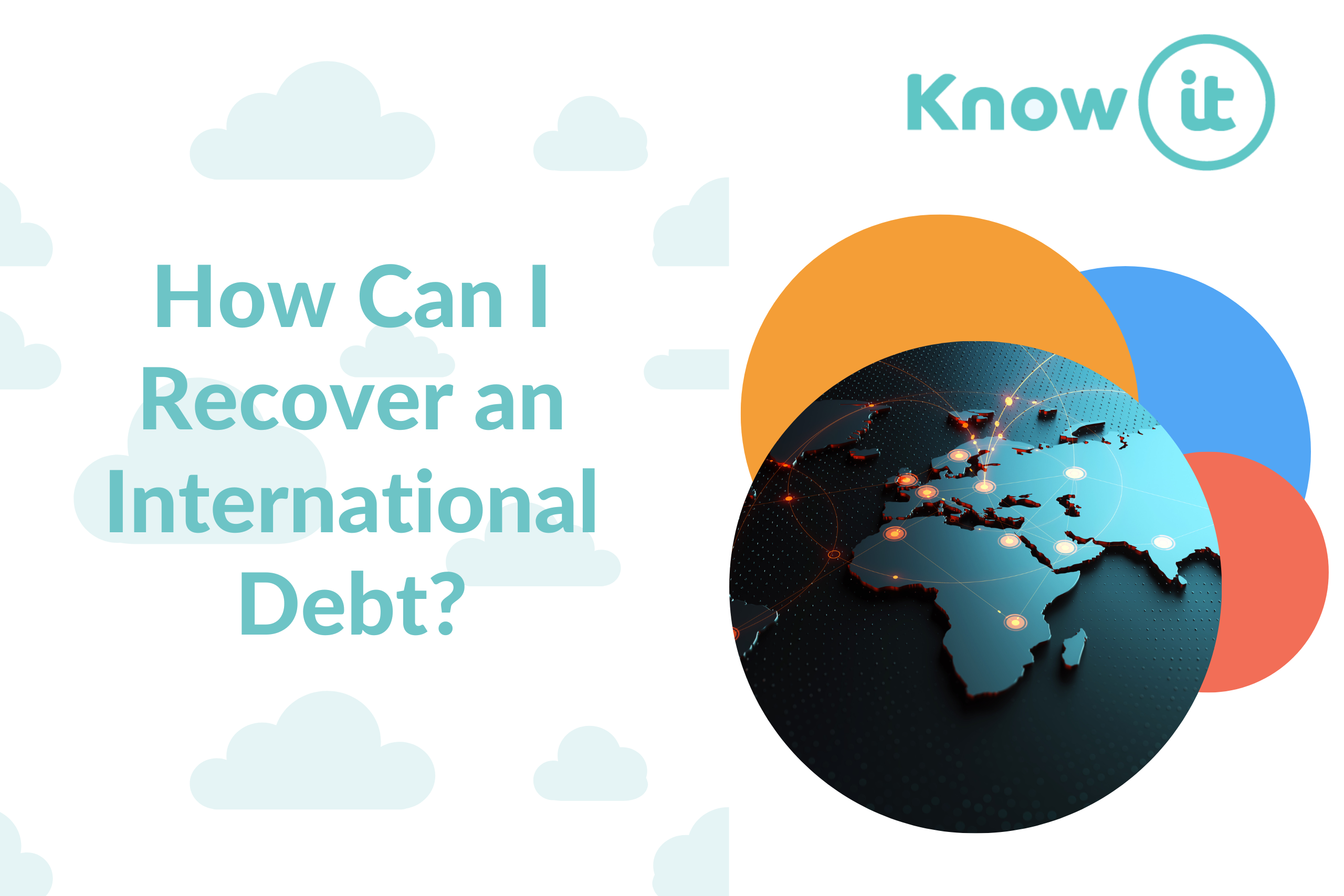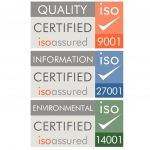How to Avoid Losing Money to Customer Liquidation: Tips and Advice
Dealing with a customer who has gone into liquidation or closed their business while owing you money is one of the most challenging situations a business can face. Unfortunately, it’s not uncommon, and the consequences can be severe—impacting your cash flow, profitability, and even the overall sustainability of your business. However, with the right strategies in place, you can minimise the risk of finding yourself in this difficult position.
Understanding liquidation and business closure
When a company goes into liquidation, it means that the company is being wound up, and its assets are sold off to pay creditors. However, by the time a business reaches this point, there’s often little left to recover, and unsecured creditors (like suppliers and service providers) are usually last in line to get paid. This often means you might only recover a fraction of what you’re owed if anything at all.
When a business simply closes down, the situation can be equally problematic. If they’ve ceased operations and left debts unpaid, you might struggle to recover your money, especially if there are no remaining assets or if the business owner declares bankruptcy.
What can you do?
Confirm Business Status
Verify if the business is in liquidation or administration. You can find this information through public records or from the company directly. If so, a licensed insolvency practitioner will be handling the case.
Register as a Creditor
Contact the insolvency practitioner to register as a creditor by submitting a formal claim (proof of debt). This includes details of what you’re owed, backed by invoices and contracts.
Assess Recovery Chances
Understand that as an unsecured creditor, you’re at the bottom of the payment hierarchy, following secured and preferential creditors. The insolvency practitioner will sell the company’s assets to pay creditors, but you may only recover a small percentage of your debt.
Consider Legal Action
If the business hasn’t entered formal insolvency but has simply ceased trading, you might consider sending a statutory demand or pursuing court action. However, legal processes can be costly and time-consuming, with no guarantee of success, especially if the business has no assets.
Costs Involved
- Insolvency Practitioner Fees: Typically deducted from the company’s assets before any distribution to creditors, potentially reducing what you recover.
- Legal Costs: Court and legal fees can be substantial, sometimes amounting to thousands of pounds, with no guaranteed outcome.
Preventative measures: How to protect your business
While it’s impossible to completely eliminate the risk of a customer going into liquidation, there are proactive steps you can take to protect your business:
Monitor your customers’ financial health
One of the most effective ways to protect your business is to monitor the financial health of your customers regularly. This means keeping an eye on key indicators like credit scores, payment histories, and any signs of financial distress.
With tools like Know-it, you can automate this process, receiving alerts if a customer’s financial situation starts to deteriorate. This enables you to take action before the situation becomes critical.
Stay on top of outstanding invoices
Consistently chasing overdue invoices is crucial to maintaining a healthy cash flow. The longer an invoice goes unpaid, the less likely you are to receive payment—especially if the customer is struggling financially.
Implementing automated reminders and follow-ups through systems like Know-it ensures that you’re consistently pursuing what you’re owed without the need for manual intervention. This reduces the risk of overdue invoices piling up unnoticed.
Act Quickly on Overdue Payments
If an invoice remains unpaid beyond its due date, it’s essential to escalate the situation promptly. This might involve moving the invoice to a more formal debt recovery process. The sooner you act, the better your chances of recovering the debt before the customer’s financial situation worsens.
Know-it integrates debt recovery services, allowing you to seamlessly push overdue invoices into the recovery process, increasing the likelihood of getting paid.
While the prospect of a customer going into liquidation or closing down owing you money is daunting, taking proactive steps can significantly reduce your risk. By monitoring your customers’ financial health, staying on top of overdue invoices, and acting quickly to recover debts, you can safeguard your business from the severe consequences of unpaid invoices.
Investing in automation and reliable credit control processes, such as those offered by Know-it, can give you the peace of mind that your business is protected, even when the unexpected happens. Why not sign for your free 30 day trial now!


















